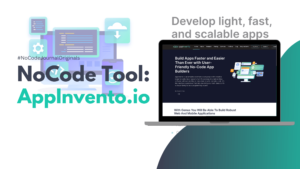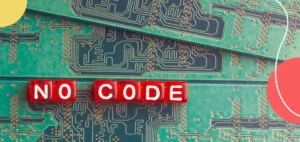Why Is NoCode Gaining Traction
- Pauline Anne
NoCode is quickly gaining traction within the maker community and is going mainstream at large enterprises as well. In this article, we discuss the basics of why this industry is gaining traction and future trends we see in the market.
What is NoCode?
NoCode platforms or tools enable application development of new products or services with no manual coding required. NoCode, as a result, empowers non-programmers or individuals without technical expertise to build business applications. Instead of coding, these platforms or tools use visual modeling and development, where users can drag-and-drop components into logical sequences to create functional business applications.
There are two disparate views out there in the industry.
Nay Sayers: One camp believes that NoCode is a fad, and everyone will revert to regular coding technologies once the hype goes away. They also think the NoCode platforms or tools are only capable of creating simple products, web apps, and landing pages, and for anything complex, we will revert to creating manual code.
NoCode Maximalists: On the flip side, the other camp believes that NoCode is still extremely early in its maturity and would only grow stronger and higher from here in the coming years. Many new products and tools are still in the nascent stages of development.
We here at NoCode Journal are safely in the second camp, and we must be, considering we are running a digital magazine called NoCode Journal.
Why is NoCode gaining traction within Enterprises?
NoCode platform or tools are primarily gaining traction in an Enterprise setting due to a lack of time and resources. The time needed to code new products and applications using the traditional way (a 6-month to 9-month process) and a severe shortage of qualified developers who can create these applications.
When you think of Enterprise applications and how IT departments work, it is slow and sluggish in the way it executes. One of the primary bottlenecks is the time to market for innovative products in companies. The majority of the time, this happens to be the technology timelines. NoCode plays an important role here where cos of the visual development and reducing the number of hands in the jar the time to market can be drastically decreased, especially for risky market bets. The NoCode playbook helps businesses experiment more and give them the flexibility to out-innovate their competition.
The second issue within Enterprise IT teams, which you will always hear, is the lack of qualified developers to complete the IT work. NoCode helps here as the advent of these visual development tools have given rise to the concept of citizen Developers, thereby vastly increasing the pool of resources who can create new products.
The impact of demand for new applications built quickly, as well as the need for new developers far, exceeds the current supply paving the way for NoCode.
Why is NoCode gaining traction within Maker Community?
The technology Maker community is a community of independent builders who build technology-based products to meet their own needs or the needs of the broader community. Wikipedia defines Maker Culture s as a contemporary culture or subculture representing a technology-based extension of DIY culture that intersects with hacker culture and revels in the creation of new projects as well as tinkering with existing ones.
Most of the builders of a technology-based product are usually software engineers who know how to code. They combine with other domain experts or business experts to bring to market a new product. But as the saying goes, it’s not only the developers who have all the ideas. That’s where NoCode tools and community helps domain experts, business experts, and folks with an idea, who didn’t have a coding or technology engineering background to build great products using technology.
The NoCode tools allowed Citizen Developers to create new products without knowing how to code. NoCode tools increased the pool of makers, making it more viable for anyone with a good idea and execution chops to be a technology product maker. Also, when you look at coding skill sets, the practitioners are not as diverse as the community we live in, and NoCode tools sort of levels the playing field enabling a much varied and vibrant collection of makers.
Room to grow
We at NoCode Journal believe that the NoCode space and industry are just getting started, and there are huge strides to be made both in the availability of NoCode tools and the type of products or projects created with NoCode tools.
On the enterprise side, we are not there yet, some older tools are doing LowCode work, but pure NoCode working with legacy datasets and building core business function logic is still ways off. The industry would mostly enter enterprises through sales and marketing domains and finally get embedded into the logical and functional areas of the business.
On the Maker’s side, we may be a bit farther along, but it is still in the early days. We need more practitioners who are pure non-technical to start building bigger and better products. The availability of a larger pool of products will create a ripple effect and will pull in more Makers.
We at NoCode Journal will do our best to make sure we discuss the trends we see and report objectively on the same.
Share
follow us
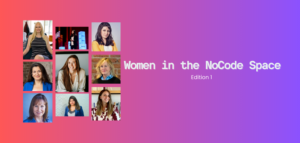
Women In The NoCode Space – Edition 1

Misconceptions About NoCode Mobile App Testing
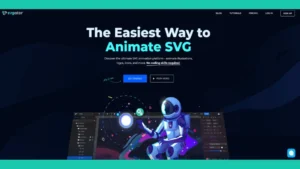
NoCode Tool: SVGator

Nocode Tool: Hive
Explore related posts

The Importance Of OutSystems PoCs
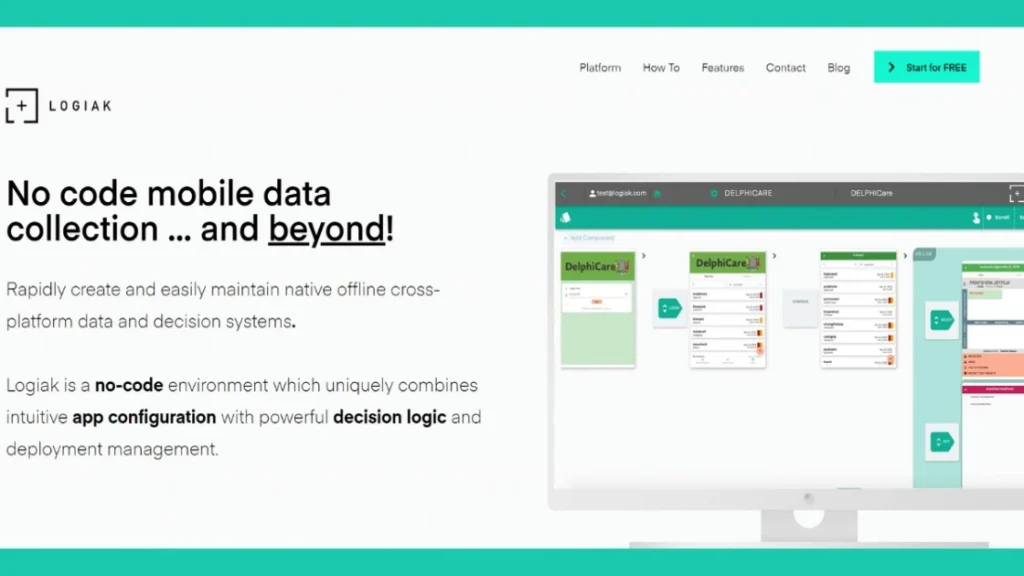
NoCode Tool: Logiak
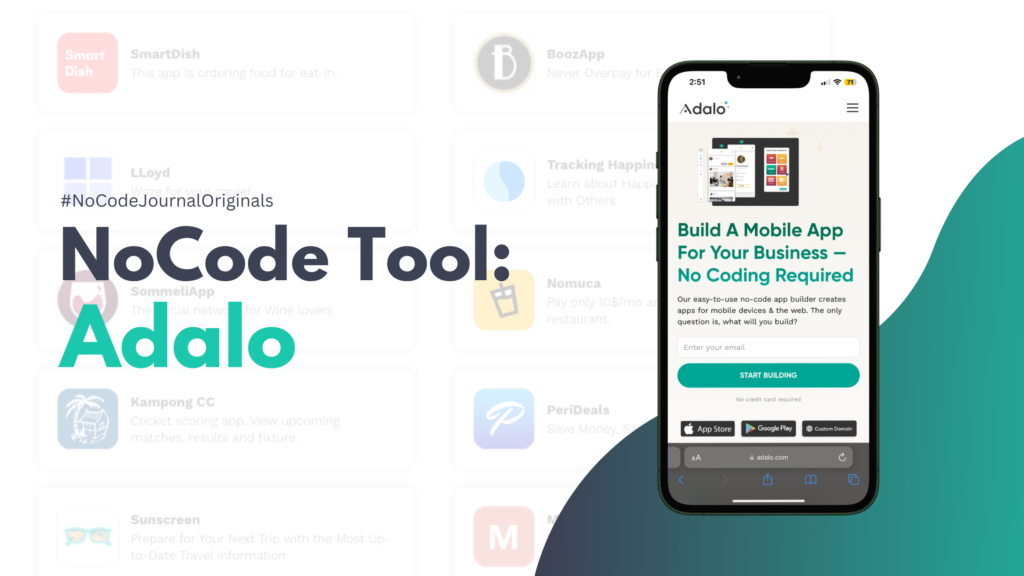
NoCode Tool: Adalo







